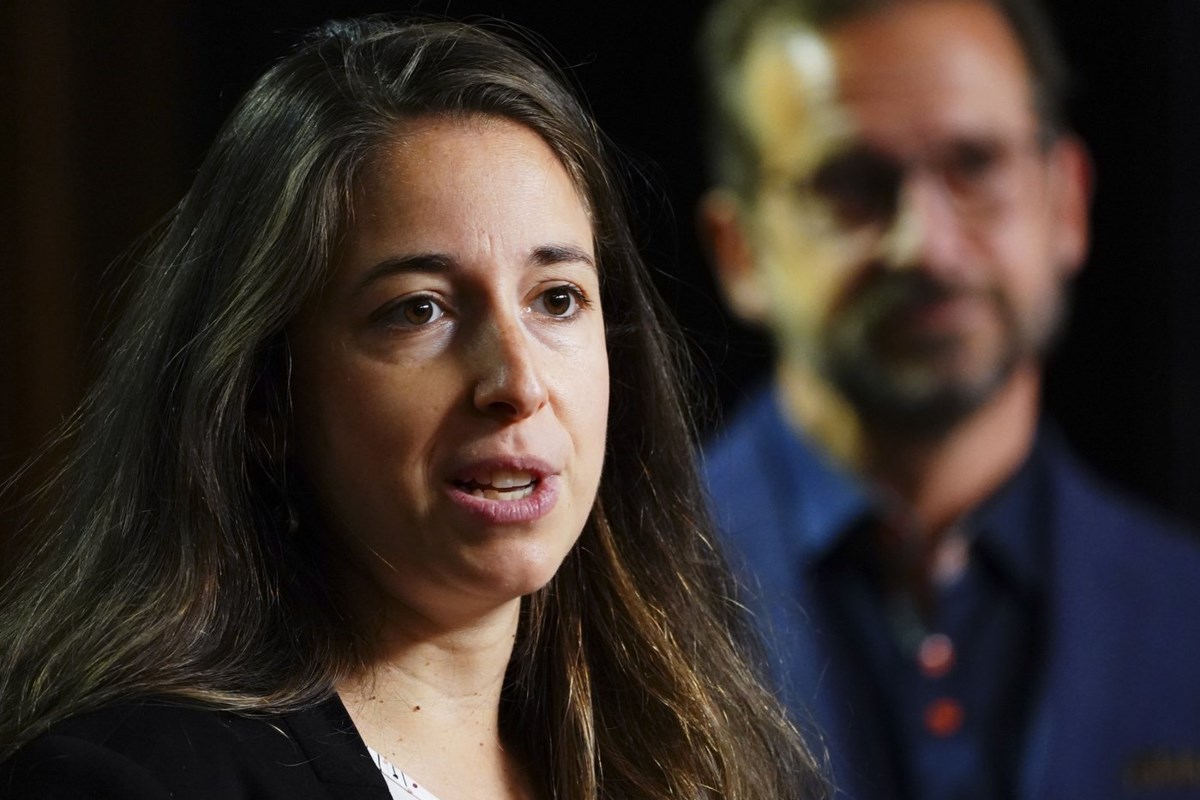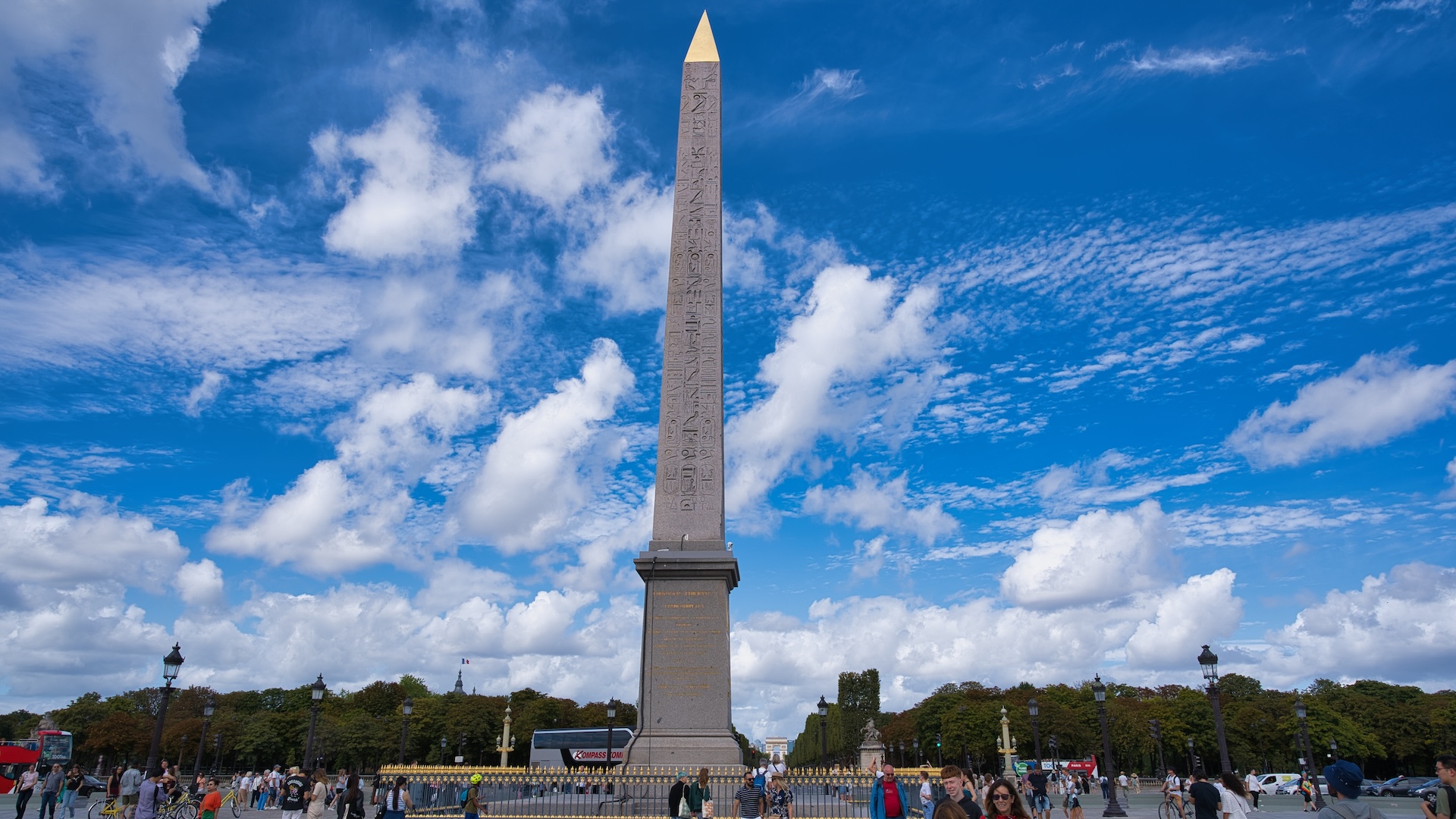Trump, Ukraine take what they can get with minerals deal that nobody really wanted
Open this photo in gallery: U.S. Treasury Secretary Scott Bessent and Ukrainian First Deputy Prime Minister Yulia Svyrydenko, in Washington, on on April 30.U.S. DEPARTMENT OF THE TREASURY/Reuters After all the noise, all the threats to abandon Ukraine, Donald Trump finds himself in roughly the same place that Joe Biden did: frustrated with Moscow and seemingly willing to support Kyiv with weapons. At least for now. The motivations of the two men, of course, were and are very different. Where Mr. Biden, whose politics were moulded in the Cold War, saw helping Ukraine fend off the Russian invasion as a matter of principle, Mr. Trump remains a businessman and a dealmaker. When Russian President Vladimir Putin proved unwilling to make the kind of peace agreement that Mr. Trump had believed was in easy reach, the U.S. President grabbed the deal that was available to him. The U.S.-Ukraine minerals deal signed Wednesday does not commit the U.S. to any new weapons transfers, nor does it offer any explicit security guarantee. But, after months of Ukraine’s stocks running low – no new U.S. military aid has been announced since Mr. Biden left office in January – it opens the door to a resumption of such help. The pact is a 50/50 revenue-sharing agreement, covering the development and production of Ukraine’s natural resources. Fifty-five minerals, plus oil and natural gas, are named in the document, according to the European Pravda newspaper, which said it had seen the agreement. For the first 10 years, all profits will be contributed to a U.S.-Ukraine reconstruction fund created by the agreement. Any future military aid provided by the U.S. will be counted toward its 50-per-cent share of the fund. U.S. Treasury Secretary Scott Bessent said Thursday that the deal was a signal to the “Russian leadership that there is no daylight between the Ukrainian people and the American people, between our goals.” In an interview with Fox News, Mr. Bessent described the deal as “a total economic partnership. This isn’t just rare earth, it’s infrastructure, it’s energy. So there’s the opportunity here for both sides to really win.” Writing on social media, Ukrainian Foreign Minister Andrii Sybiha called the pact “an important milestone in Ukraine–US strategic partnership aimed at strengthening Ukraine’s economy and security.” While the agreement is hardly good news for Ukraine – which until now had been receiving U.S. and other Western military aid for free – it’s a far better deal than the one Mr. Trump had tried to push on Ukrainian President Volodymyr Zelensky in February, when the two men publicly clashed in the Oval Office. Mr. Trump initially sought US$500-billion of Ukraine’s rare earth minerals as compensation for the military aid (actually valued at US$183-billion by the U.S. government’s own figures) given by the Biden administration. When Mr. Zelensky balked, Mr. Trump lashed out, famously telling the Ukrainian President that he was being disrespectful and “gambling with World War Three.” That Mr. Zelensky was able to rebuild his relationship with Mr. Trump from that nadir is a substantive diplomatic accomplishment, even if the deal is one Ukraine would rather not have had to sign. “It could have been worse. This deal was never truly meant to be in Ukraine’s interests. Trump needed it, yes, and so Ukraine had to play along,” said Volodymyr Dubovyk, an associate professor of international relations at Mechnikov National University in Odesa. “That said, it has apparently unblocked the chance for Ukraine to purchase some weapons from the U.S., which is a good thing.” The signing of Wednesday’s pact also suggests that Mr. Trump has assessed, correctly, that it’s Mr. Putin, not Mr. Zelensky, who is the main obstacle to a peace deal – and the Nobel Peace Prize that Mr. Trump is said to crave. Opinion: The U.S. and Russia are both negotiating in bad faith The Kremlin nonetheless attempted to portray the minerals deal as a defeat for Ukraine. “Trump has finally pressured [Ukraine] to pay for U.S. aid with mineral resources,” Dmitry Medvedev, a former president who now serves as deputy chair of Russia’s Security Council, said in remarks carried by the official TASS newswire. “The country that is about to disappear will have to use its national wealth to pay for military supplies.” Kremlin spokesman Dmitry Peskov appeared to signal the end of months of U.S.-mediated peace efforts, saying the timelines set by Mr. Trump were unrealistic. Mr. Trump initially vowed that he could end the war “in 24 hours,” then said he would give the process 100 days – a milestone that passed earlier this week. “We understand that Washington wants to achieve rapid success in this process, but at the same time we hope that there is an understanding that the settlement of the Ukrainian crisis is too complex. There are many questions and details that need to be resolved before the settlement,” Mr. Peskov told reporters in Moscow on Wednesday. Mr. Peskov said Russia’s war aims – which include the demilitarization and official neutrality of Ukraine, in additional to Moscow’s claim to have annexed five Ukrainian regions – remained unchanged from the start of the full-scale invasion in 2022. He added that any peace deal needed to be agreed “with Ukraine, not the United States.” Wednesday’s deal brought Russia, Ukraine and the U.S. back closer to how the situation stood before Mr. Trump’s return to the White House, with the U.S. signalling it will resume its military partnership with Kyiv, and Moscow making it clear through its actions that the war will continue regardless. Tuesday night saw yet another Russian barrage of 170 drones and five ballistic missiles targeting Ukrainian cities. Two people were killed and 15 were injured when explosive drones struck a residential area in the port city of Odesa, and two others were killed in a Russian air strike on the battered frontline city of Myrnohrad, in the Donetsk region. Meanwhile, seven people were killed, and 20 injured, when a Ukrainian drone reportedly struck a market in a Russian-occupied town in the southern Kherson region. Both sides fight on, knowing the tempestuous Mr. Trump could set yet another new direction at any time.


















